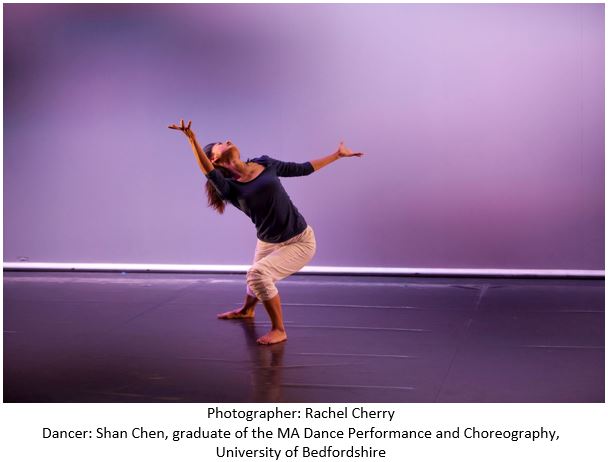Blog
Nurturing passion in dance
Author: Imogen Aujla on behalf of the IADMS Education Committee
Passion for dance is important: as teachers we want our students to be passionate, love what they do, and get involved at every opportunity. But is it really good for dancers to eat, sleep and breathe dance? What happens when passion turns into an obsession?
Read ArticleUsing imagery to optimise dance training and performance
Author: Sanna Nordin-Bates on behalf of the IADMS Education Committee
Think of a time when you were really enjoying your dancing. Really think about it: how it felt, what you did, and who else was around. Was there music playing? Maybe you can even recall what you were thinking of, or focusing on.
My guess is that you could see the above scenario in your mind’s eye: the image of that time of dance enjoyment. This is the visualization part of imagery, and it is powerful in itself. But just like normal life (and dance training) is not just visual, you could also conjure up a range of other sensations, even though you were not actually experiencing them for real. This is why the term imagery is preferred to visualization: it acknowledges the importance of using multiple senses to make an image as vivid as possible. In fact, research shows us that imagery is more effective the more vivid it is, and vividness is achieved by using multiple senses. Essentially, it is these sorts of rich images which convince your brain that what is going on is real – it is stimulating the very same areas of the brain as actual movement, actual music-listening, actual seeing, and so on.
Read ArticlePage 1 of 1
- IADMS 34th Annual Conference - Experience Point of View: Jennifer Milner
- IADMS 34th Annual Conference - Experience Point of View: Joanna Nicholas
- IADMS 34th Annual Conference - Experience Point of View: Erika Mayall
- Beginning ASL for Medical Students & Health Practitioners
- Relative Energy Deficiency in Dance
